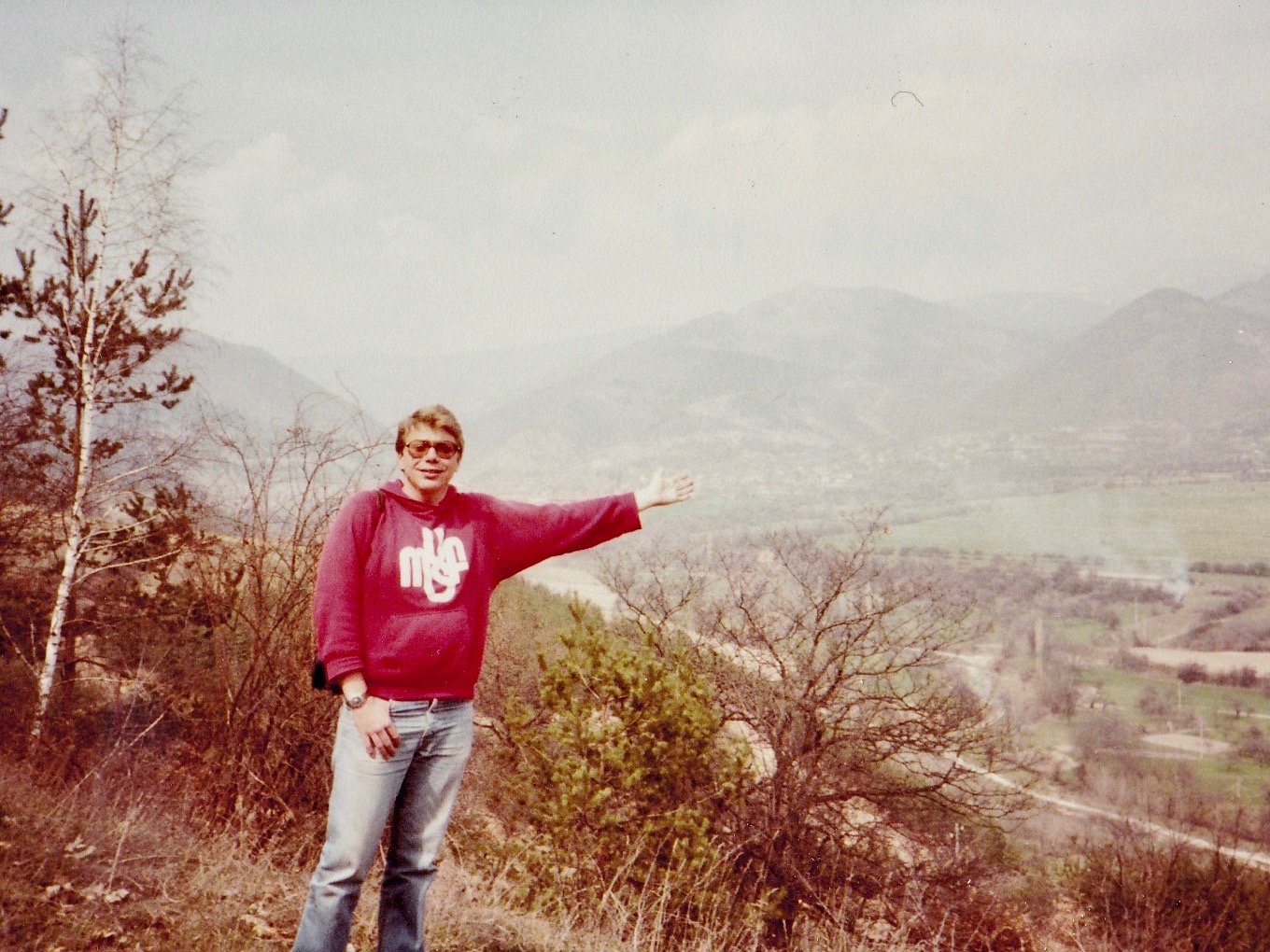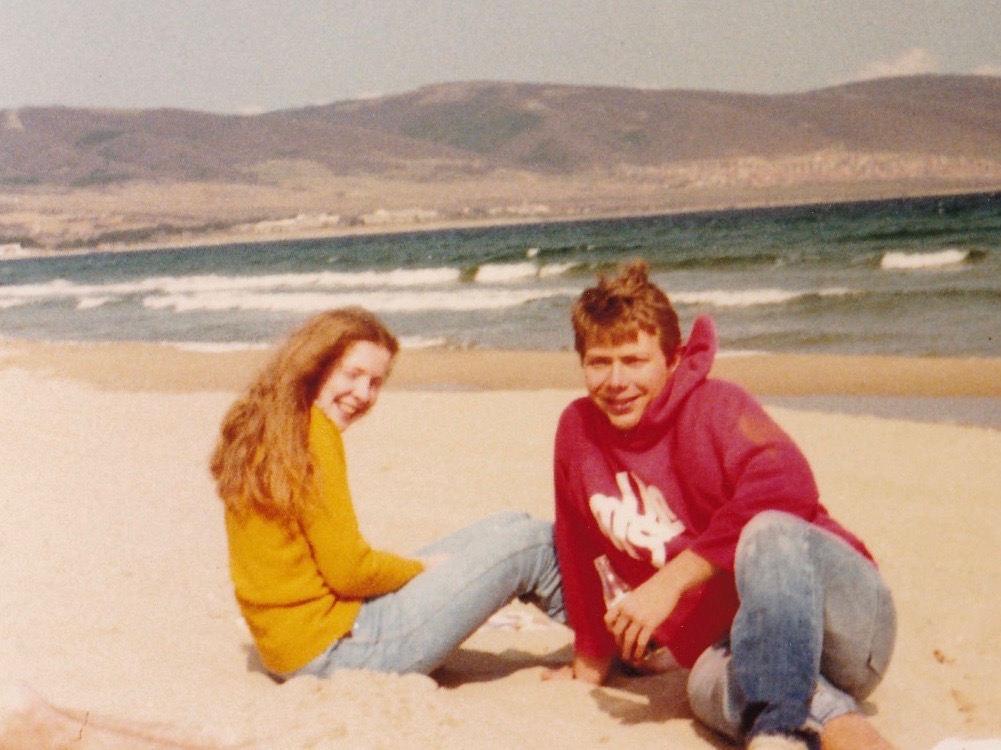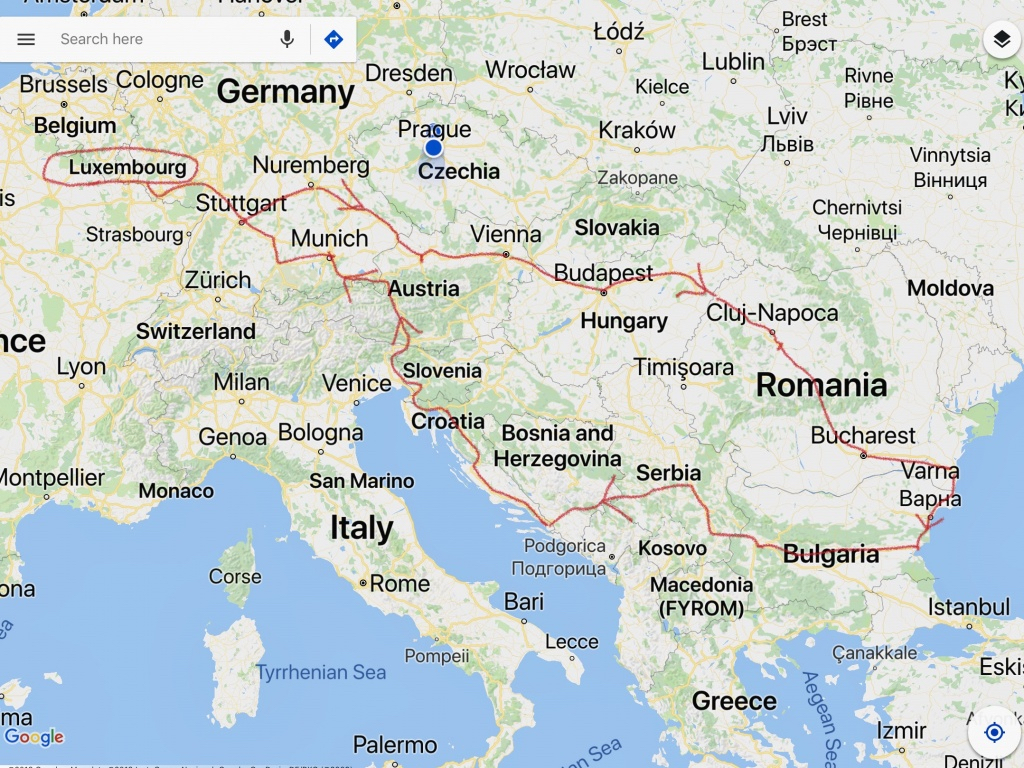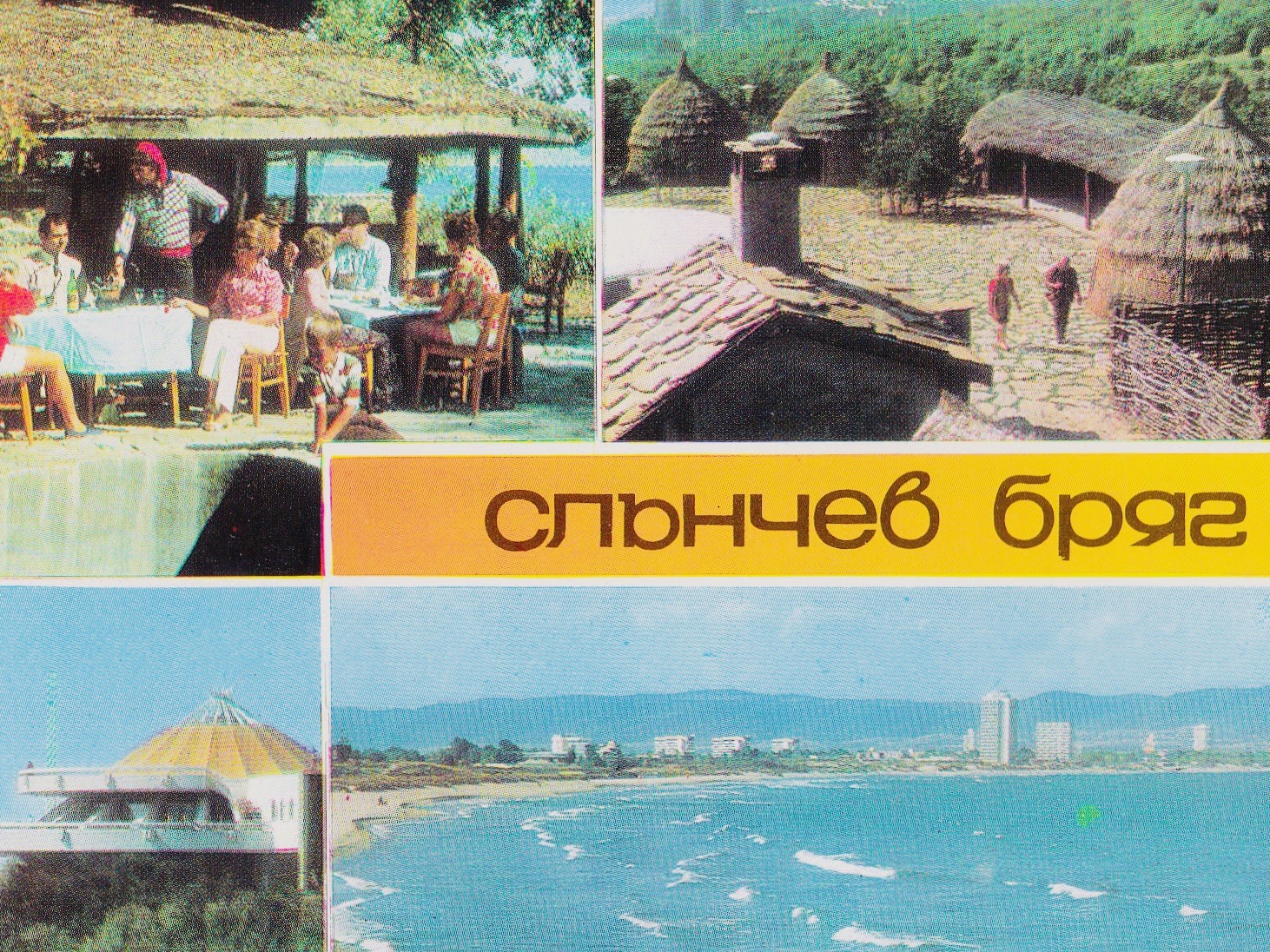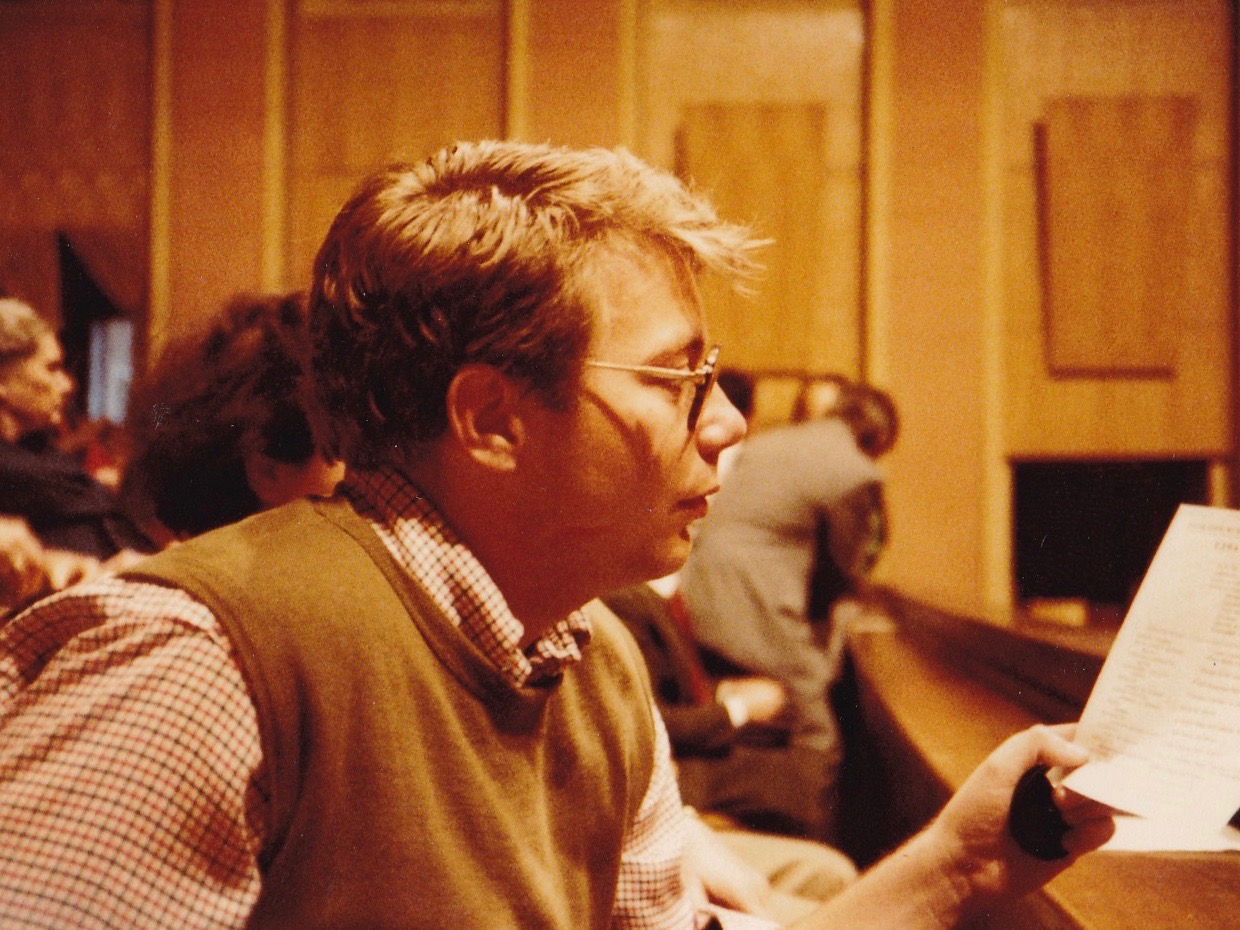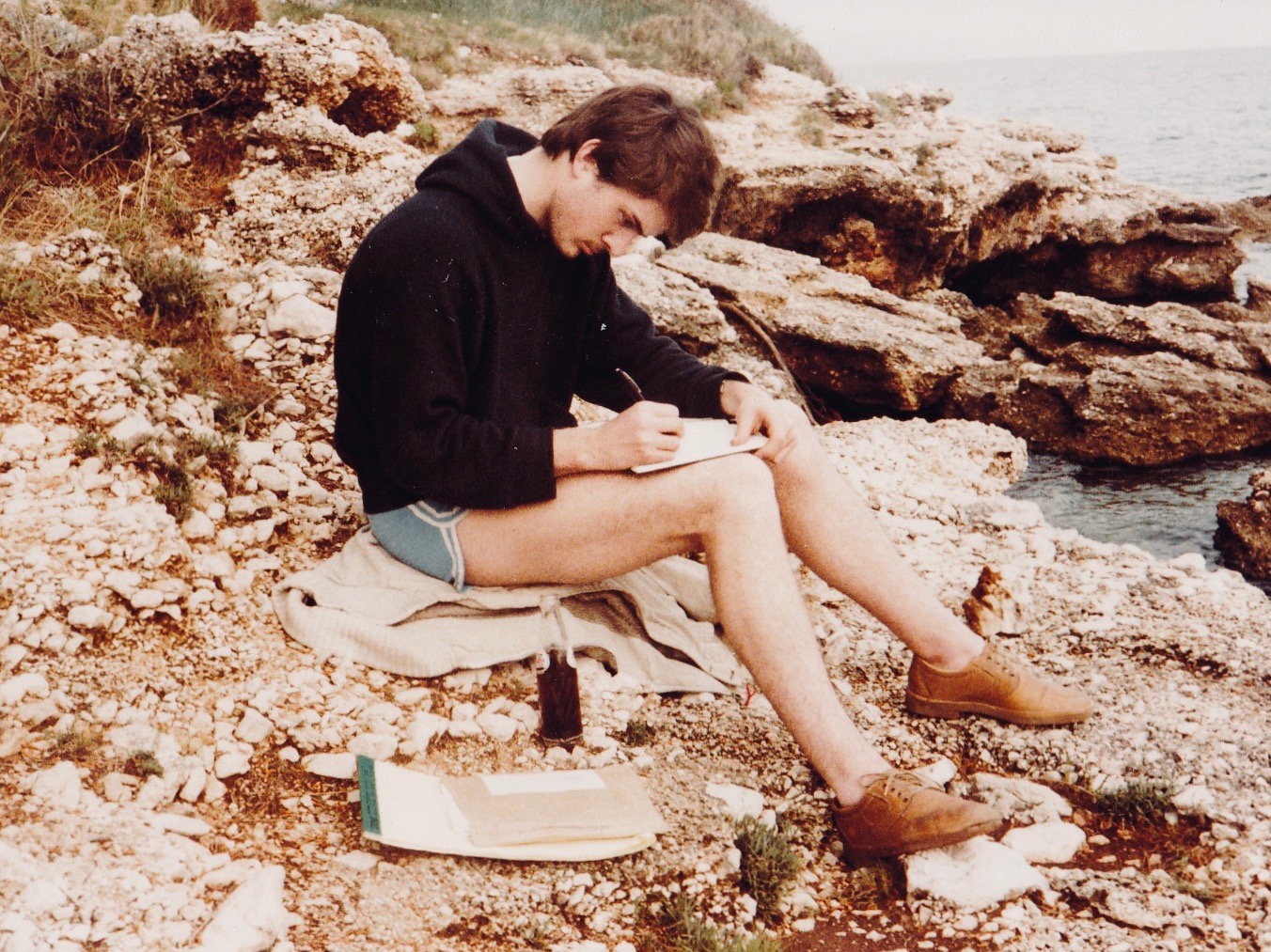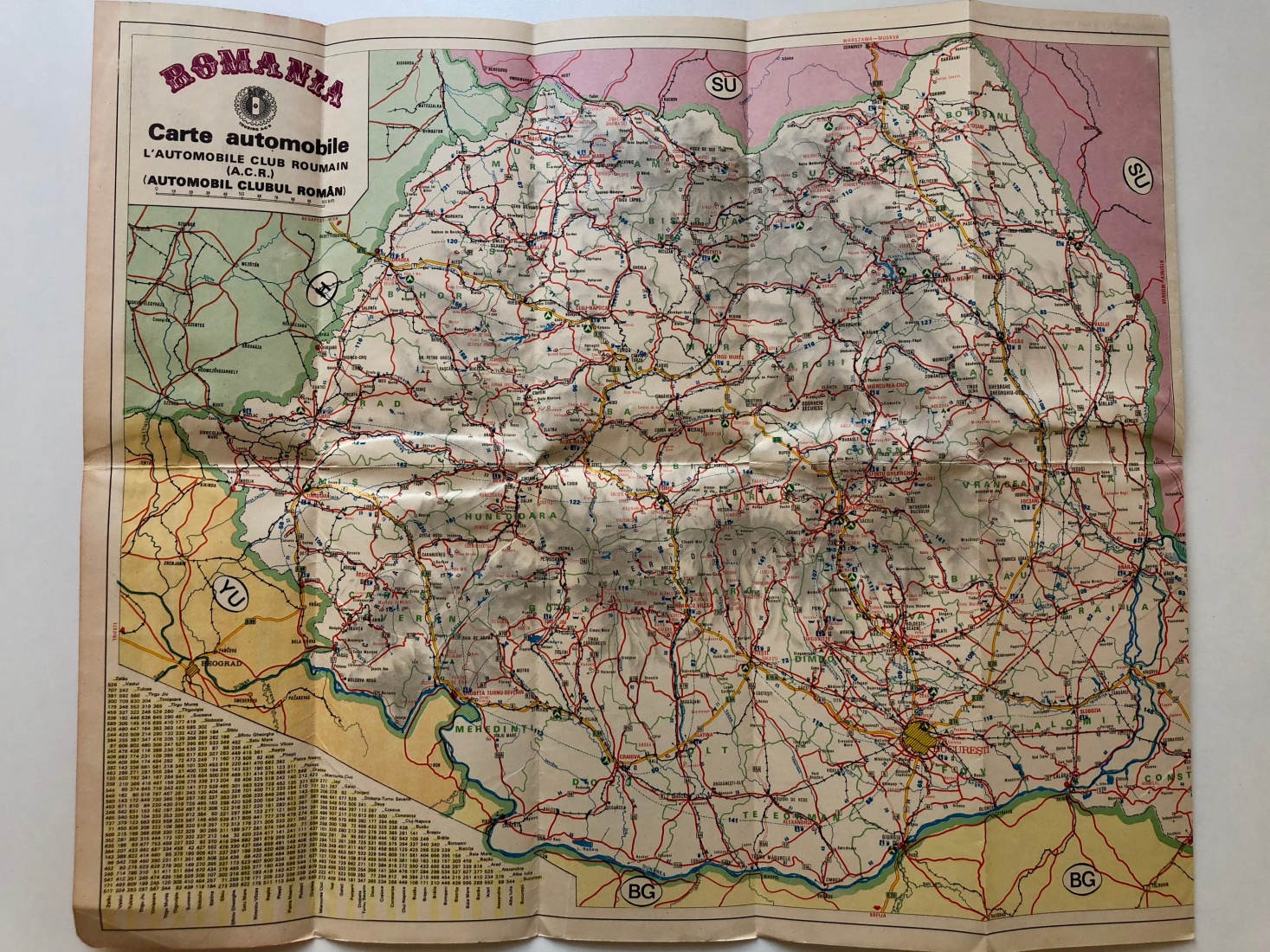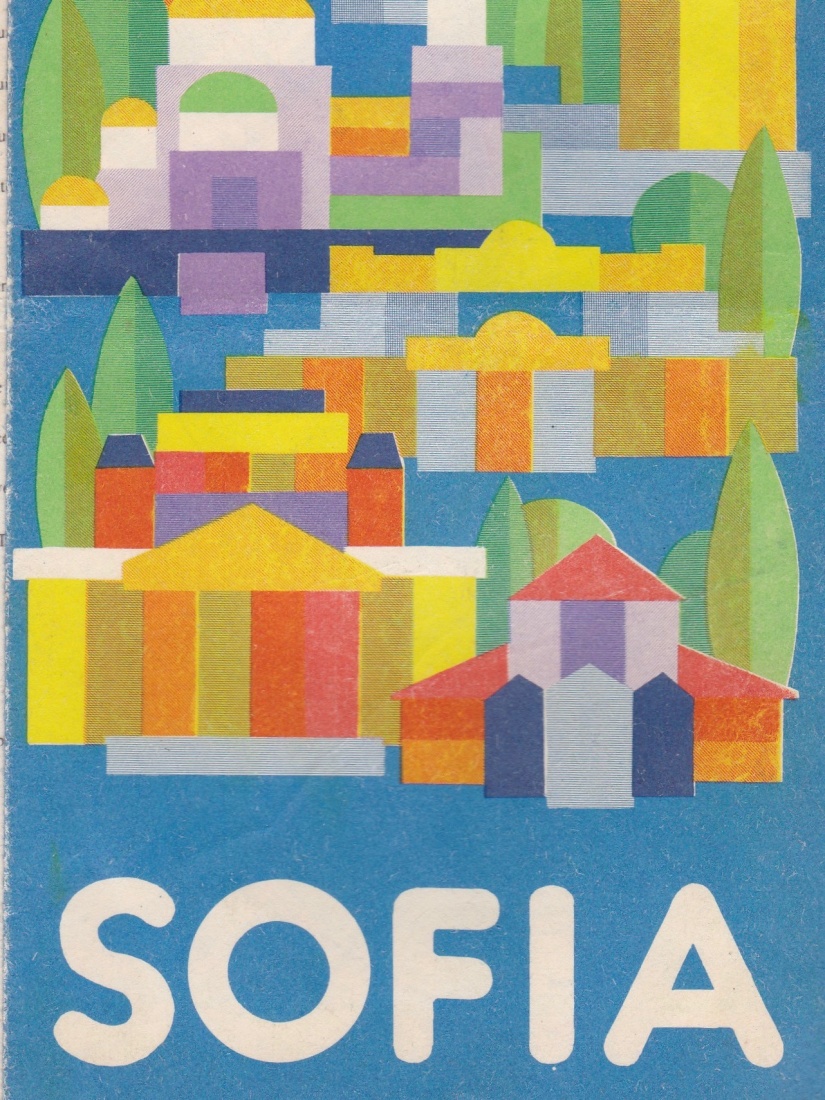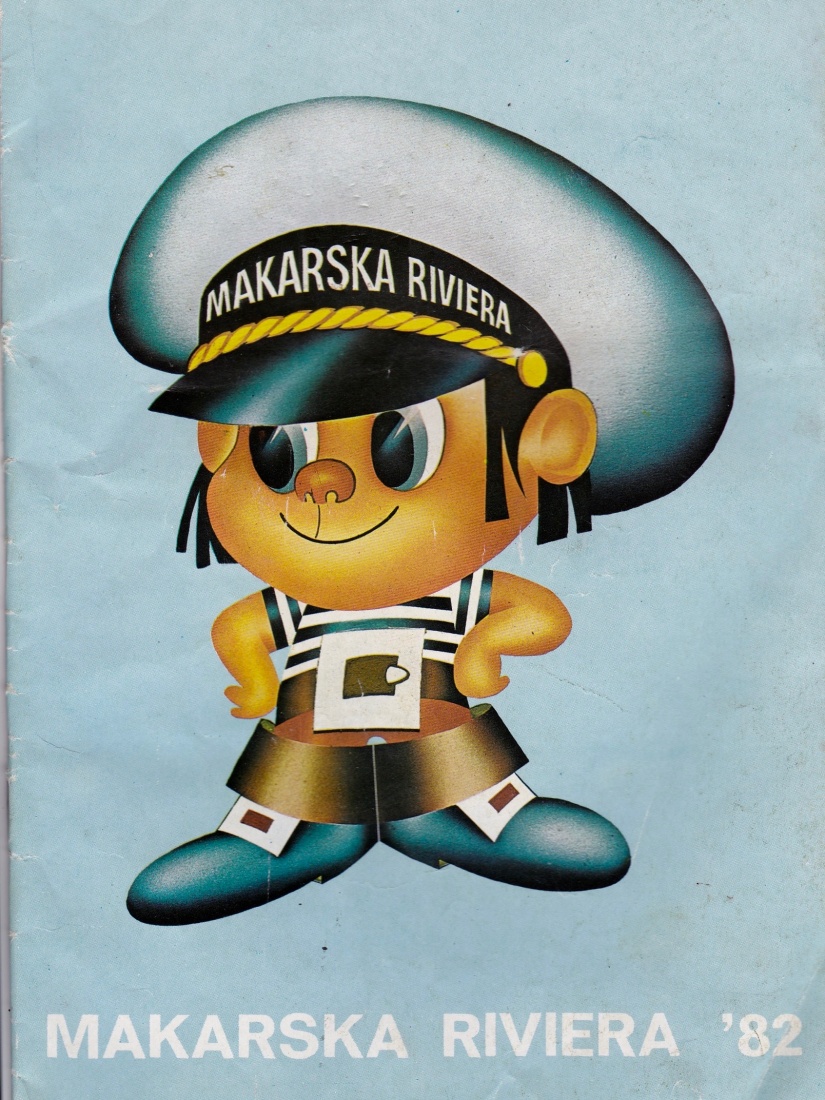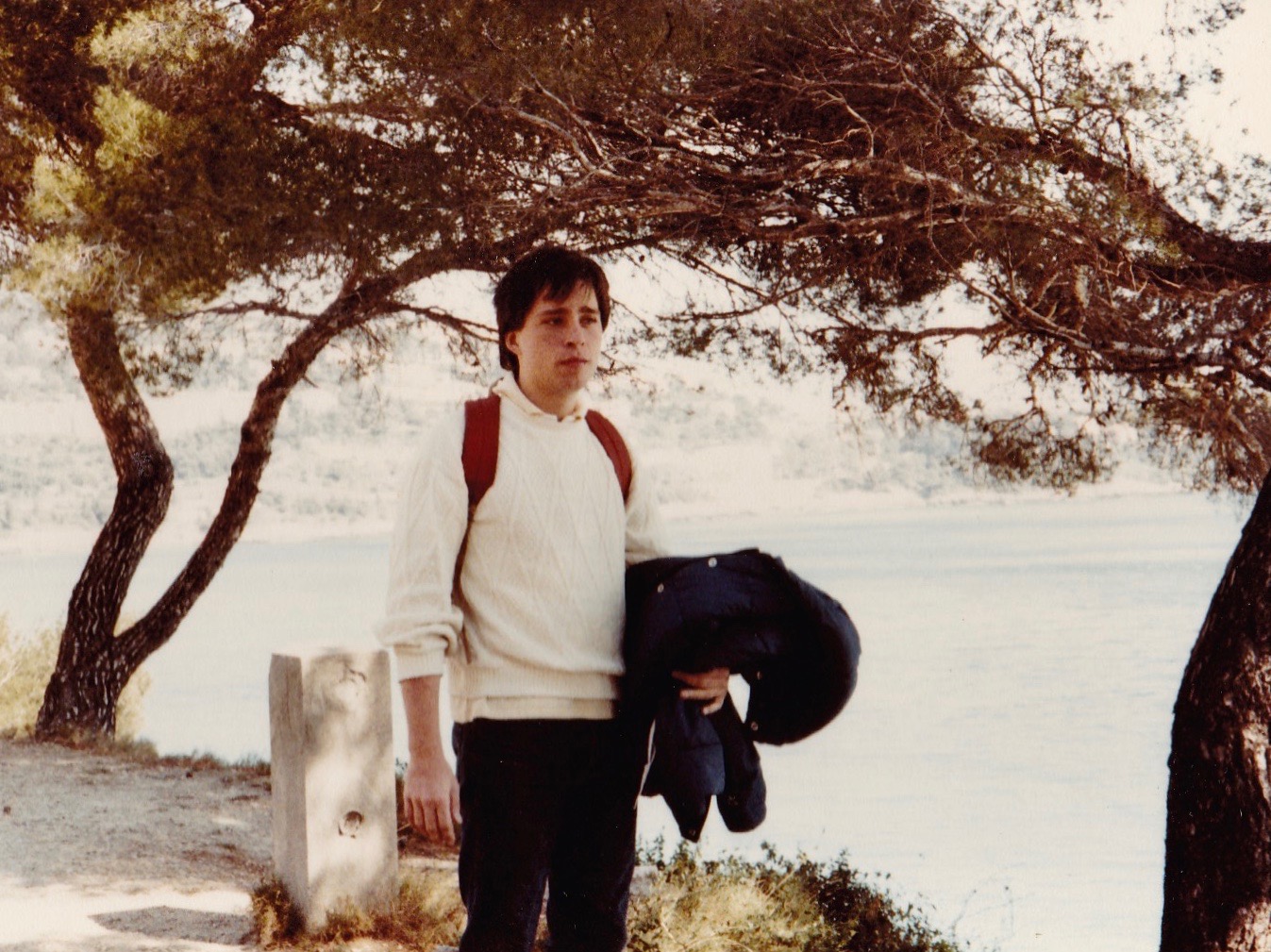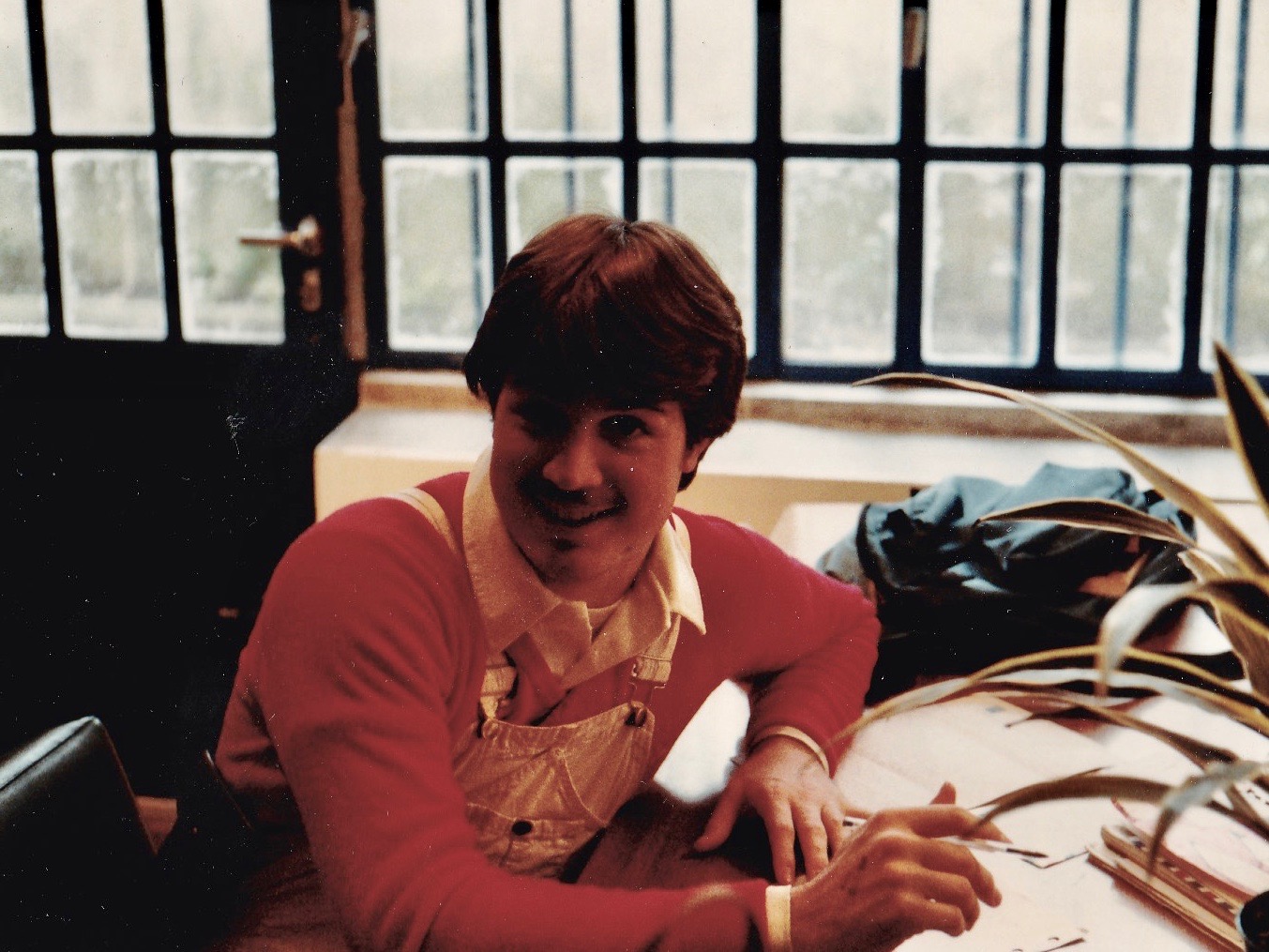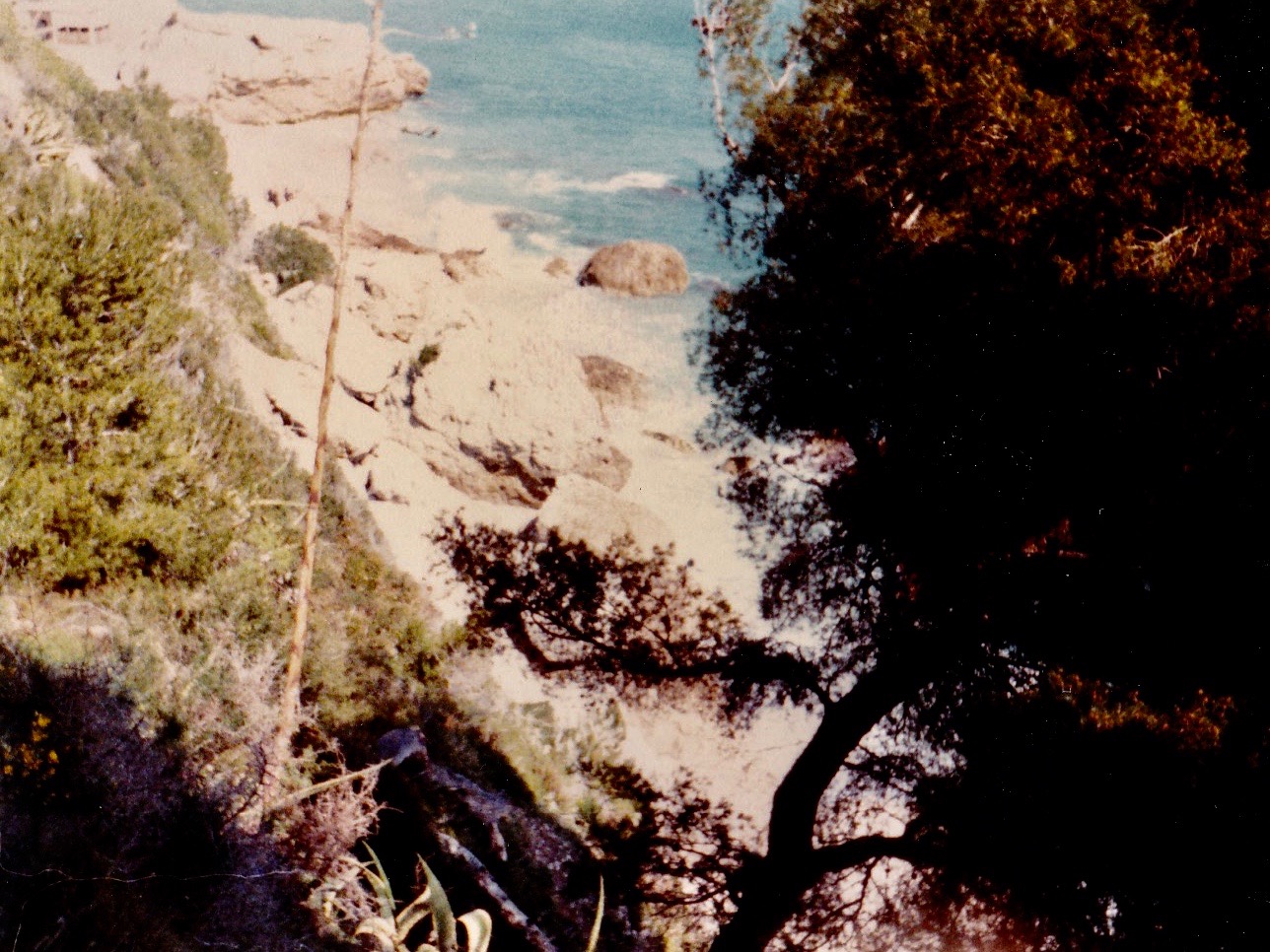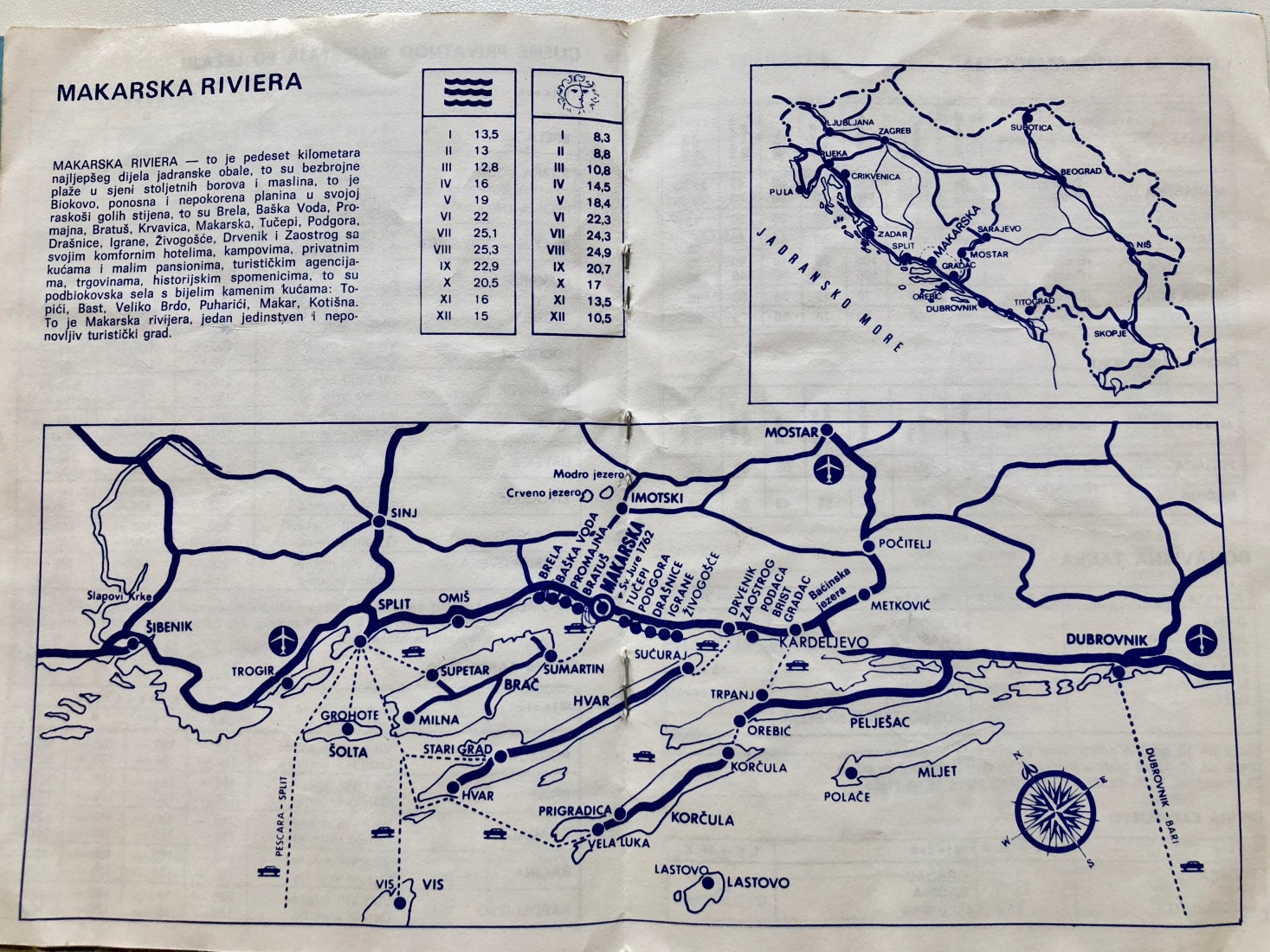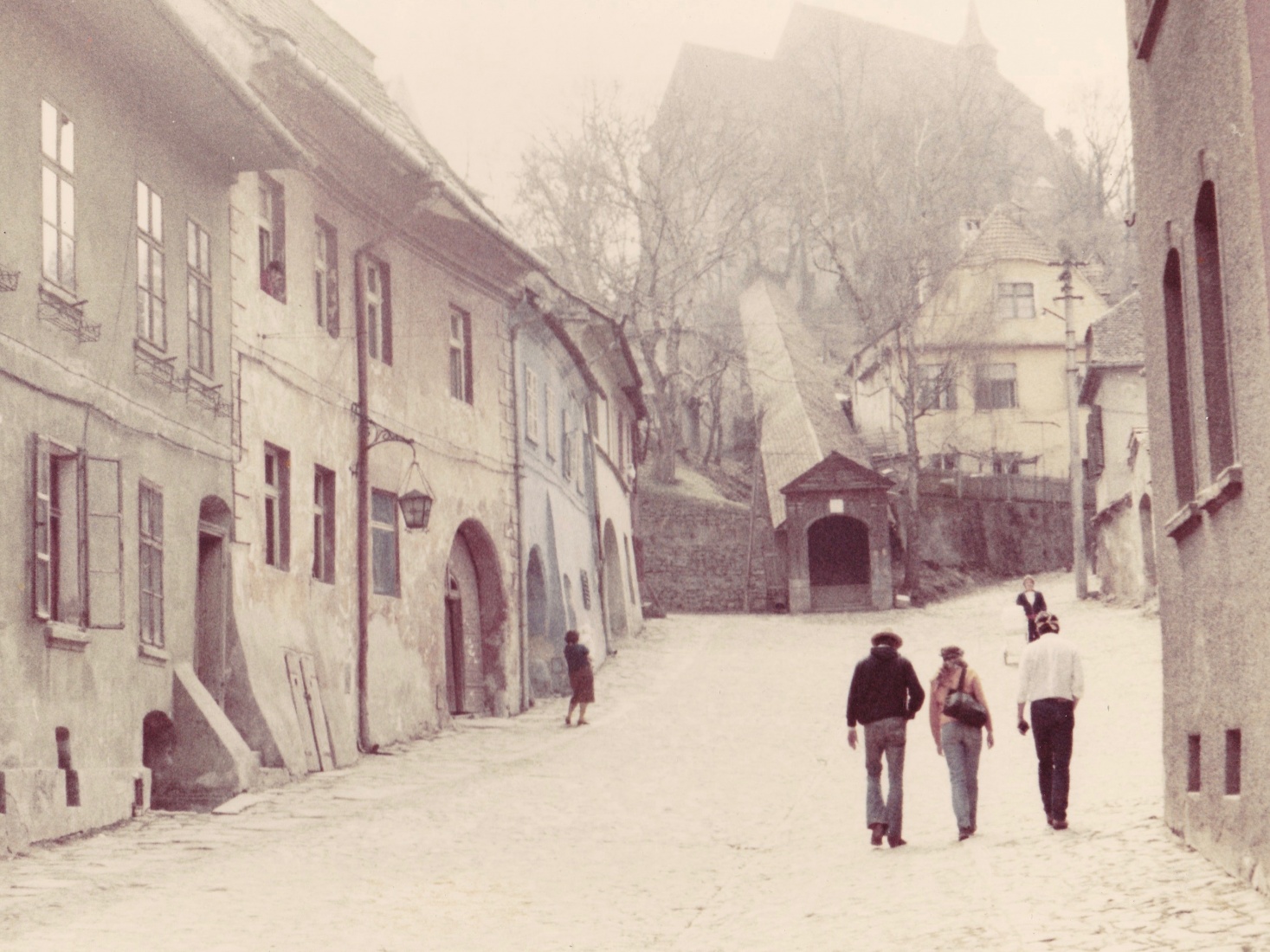After I published the first part of the story of that spring break trip in 1982 that exerted such a lasting influence on me (and marked an inflection point that eventually brought me to Prague), I heard from both Sheila and Jerry. As you might recall, they were two of our foursome from Miami University’s Luxembourg campus that year who made the journey. A third friend, Doug C., passed away in 2005.
Both of them chipped in with memories of their own, which I’ll weave in here with my own fading thoughts from the trip. We differed on some minor details (the whims of memory). Jerry remembers, for example, that in exchange for that impromptu bungalow in Transylvania, we actually gave the owners two cartons of our black-market Kents (instead of one). If that’s the case, then we definitely overpaid!
Jerry’s recollection of Bucharest in 1982 was darker than mine. I mean literally darker, given the widespread electricity shortages the city was facing at the time. He also reminded me of our not always successful attempts to eat out in the capital's restaurants. Kitchens rarely had more than one or (at best) two items on the menu. Lots of places relied on mimeograph machines back then for printing out the menus: lists of items splayed out in smudged, purplish, hard-to-read ink.
Sheila remembered we'd spent one of our evenings in Budapest at the circus and the theme that night had been ‘Rubik’s cube.’ That’s fitting, given the fact that the cube was invented by a Hungarian professor, Ernő Rubik. The circus, somehow, felt like a classic Eastern-bloc way of having a good time back then.
I’m not sure how many days we spent in Bucharest. My mind says two, but it could have been three. As I mentioned, our campground/bungalow setup in the Romanian capital was clean and relatively comfortable. We were amazed at how the entire staff – from the director on down – seemed to don blue workingmen’s smocks each day in order to give the place a good sweep-up.
One morning, though, we woke up, drank our cup of ersatz coffee, packed up the Escort, and headed south out of town for Bulgaria.
Even today, there are very few direct road crossings between Romania and Bulgaria. The Danube River forms much of the border separating the two, and by the time the river reaches this far along on its course, it’s more than a mile wide in places.
Back then, there was only one bridge across the river for the entire length of the border, the so-called “Friendship Bridge” that linked the Romanian city of Giurgiu with Ruse, Bulgaria, on the other side (these days, there are actually two bridges that connect the countries). The Friendship Bridge was a narrow, steel-truss, erector-set structure straight off a Soviet drafting board from the early ‘50s and more suited to handling tanks than cars. (I crossed the bridge again a couple of years ago and it hasn’t changed all that much). We loved the Socialist-sounding name more than anything else -- ironic in the sense these two countries didn’t seem to be particularly friendly toward one another.
Once across the river, the plan was to head east from Ruse to the Bulgarian port city of Varna and then make our way south to the coastal resort of Sunny Beach and on to Burgas, before turning inland again for the long haul to Sofia and eventually back to Luxembourg.
My memories of Varna and Burgas – two relatively big cities – are scanty, but our focus back then was obviously Sunny Beach (I’ve marked it on the map below). This was spring break, after all, when students’ thoughts turn to the beach, and there was something deliciously cheesy and more than a little desperate about the name “Sunny Beach” to refer to what was in fact a drab, over-built, Communist-era package resort.
It was still April and way before swimming season, and the weather wasn’t even that nice, but I remember we loved it. Part of the reason, of course, is that every time we crossed a border, we were forced to exchange a certain number of dollars (or in our case maybe Luxembourg/Belgian francs) for each day of our stay. With little to buy, that left us a significant kitty for wine – and Bulgarian wine wasn't bad at all.
One of the great, underrated road trips of any era is along the highway that runs from Burgas to Sofia, passing south of Bulgaria’s central Stara Planina mountain range and through parts of the Valley of the Roses. We were bowled over by the scenery and stopped for breaks often. The photo at the top of this post shows Doug standing somewhere in the middle of Bulgaria and pointing into that pretty distance.
My old map of Sofia, the one we used to navigate the streets of the Bulgarian capital, has a few inscrutable notations in blue ink (probably written by someone in the tourist office), identifying places for us to see. For some reason, we splurged on our Sofia hotel, and I remember it being the best of the many places we stayed on the journey. I can’t recall now if it was the "Park-Moskva" or the "Grand Hotel" (both of which are still standing), or something completely different, but we rented big rooms, with high ceilings and small balconies that had sidelong views of the big-domed Alexander Nevsky Cathedral that wasn’t far away.
Flush with Bulgarian leva we couldn’t spend, we must have entered into a short-lived bourgeois phase. One of my favorite photos from the trip is of Doug holding a program from a performance of “Night in Venice” that the four of us attended one evening at the Sofia Dramatic Theater.
At some point, though, we heard the clock ticking. Spring break wouldn’t last forever and we still had half a continent to cross.
We pulled out of Sofia early one morning and hit the flat, sticky highway on the way to Yugoslavia. This stretch will always stand out in my mind as the place I finally learned to drive a stick-shift car. Our Escort had four speeds (alas no ‘Drive’). Doug and Jerry had split driving duties (I can’t remember if Sheila drove, but she may have). It was time for me to pitch in, and the relatively barren roads heading northwest out of Sofia were the perfect place to practice.
We hadn’t completely settled on our route through Yugoslavia and free-lanced it a bit once we crossed the border. The first destination was Niš, which we knew as the WWI-era war-torn town that John Reed had written about so evocatively before turning his attention to Moscow in his ‘Ten Days That Shook the World.”
From Niš, we continued north in the direction of Belgrade, before seeing a tempting signpost to Sarajevo and making the fateful choice to turn left, head west and try to reach the Adriatic Sea. Belgrade would have to wait until the next trip; we were heading for the beach (again).
That part of the drive, over a deserted, mountainous swath of central Yugoslavia, turned out to be the longest and most confusing stretch we encountered on the entire trip. As Jerry remembers it, just as someone would remark “well, at least it isn't foggy,” it would get foggy; and then later, “well, at least it isn’t snowing,” and then it would start snowing.
We arrived in Sarajevo tired and cold and spent that rainy-snowy night camped and cramped in the Escort. It was probably the low point of the trip.
The perspective brightened considerably the next day when we dropped out of the hills and descended to the seacoast. We had no idea at the time, but we’d chosen a route that ran straight to the beautiful Markaska Riviera, a little slice of Eden that’s roughly midway between Dubrovnik in the south and Split in the north, in modern-day Croatia.
Suddenly, the air was sweet with spring flowers, the sun was shining, and people were welcoming. We camped (or maybe slept in another bungalow) and found a spot to eat and drink along the coast not far from where we were staying. As Sheila remembers it, our broken German must have won over our hosts and they agreed to roast a goat (or some other animal) for dinner that night. As I’ve gotten older and travelled more, I’ve seen many times how quickly a low-point turns to a high-point (and vice versa) on the road. It happens nearly every trip.
From the coast, we headed north and must have passed through Slovenia at some point – a country that coincidentally I’ve spent a lot of time in lately. Once we crossed into Austria, the road back to Luxembourg was mostly uneventful, with one big exception. Maybe it was coming out of the Alps so quickly and dropping altitude, but just beyond the city of Villach, Austria, as we were racing down the autobahn to make it back in time for class the next day, the windshield of our Escort suddenly and without warning shattered into a thousand pieces.
Thankfully, whoever was driving maintained their composure at the wheel and guided the car to the side of the road. As we stood there waiting for the Austrian gendarmerie to come to our rescue, we toted up the cost of replacing the windshield and spending an unscheduled night in Villach. We wouldn’t be making it to class the next day.
This is the second part of a two-part story. Find part one here.
